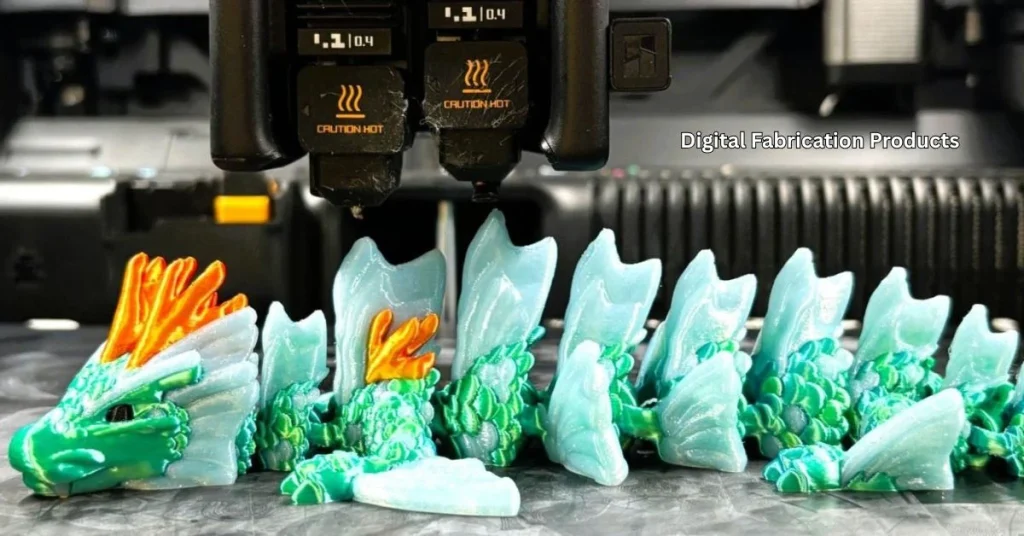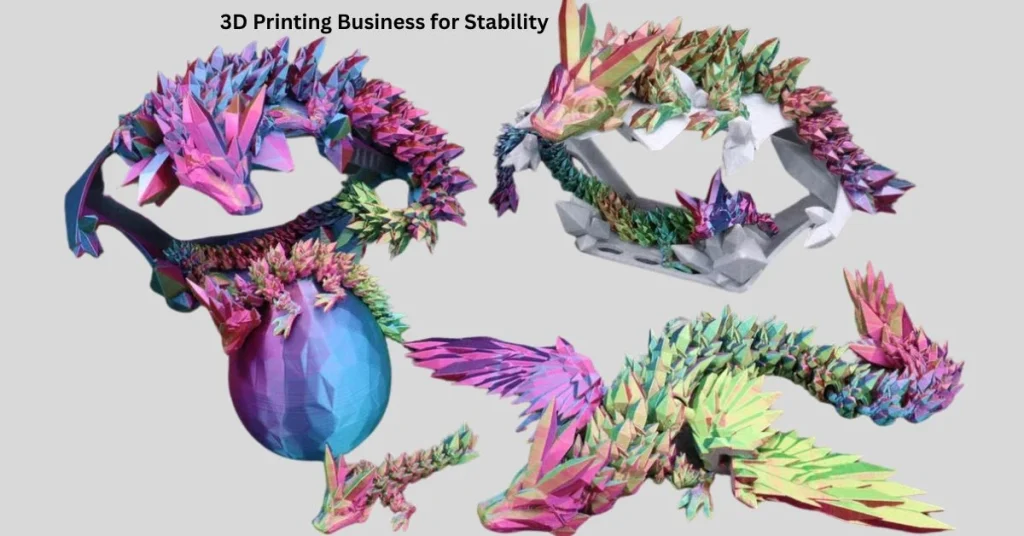Are you a designer or 3D printing business owner? You have likely heard about the latest changes. Etsy 3D Printing Crackdown recently made its rules much stricter. This new policy affects anyone selling 3D printed goods online. We will clearly explain what this crackdown means for you. We will also detail a much safer alternative platform. This shift creates a need for safer selling. We will help you understand all the policy risks. Get ready to learn about the next generation of 3D printing marketplaces.
For example, if you own an Anycubic Photon Mono X2, you can produce high-quality 3D prints quickly and efficiently. This printer is perfect for designers and small business owners looking to maintain consistent quality while exploring safer online marketplaces.

Why Etsy Is Restricting Digital Fabrication Products
Etsy’s new, stricter rules surprised many makers. The platform says this move protects legal designs. They aim to prevent the unauthorized copying of 3D models. Yet, many honest sellers feel unfairly targeted. They were following the old guidelines exactly.
Learn more about how Etsy’s policies impact 3D printing in Etsy’s 3D Printing Crackdown.
Defining Policy Changes and Their Real-World Targets
The main update is about the original design. Items created with a 3D printer must be based on a seller’s unique design. They removed the phrase that allowed “using a templated design.” This means sellers cannot print and sell designs for which they have purchased a commercial license. Etsy is also reviewing listings more closely. They may delist items that lack provenance documentation.
Core Motivations Driving the Enforcement Strategy
Why is Etsy tightening its grip now?
- Reducing Lawsuits: They want to lower their legal risk. Limiting sales to original designs protects them from IP infringement claims.
- Controlling the Marketplace: Etsy aims for a truly unique and “handmade” experience. Too many identical 3D printed items hurt that image.
- Shifting Consumer Expectations: Buyers Demand Confidence in Product Authenticity. This policy promotes a higher standard of digital craftsmanship.
What This Policy Means for Designers and Makers
The changes introduce significant hurdles for small 3D printing businesses. Sellers face increased instability and financial risk.
Risk of Deplatforming and Sudden Delistings
Many creators report their listings vanished without warning. Worse, some entire shops have been closed down. This sudden risk of deplatforming harms income. It creates huge cash flow problems for makers. Sellers depend on Etsy as their primary sales channel.
Reduced Creative Freedom for Open-Source Work
Designers now feel pressured to prove the value of their work. They must constantly police their own designs. This makes it difficult to use legally open-source designs. Remixing or modifying existing files suddenly feels too risky. They may feel constrained from honestly expressing their maker passion.
The Hidden Cost: Proving Your Unique Value
When a listing is flagged, a reputation problem begins. The “shadow” of enforcement can hurt a seller’s shop ranking. It impacts their future sales. The time spent dealing with disputes is an unpaid tax on small businesses. This hidden cost was not included in the budget.
Enter MyMiniFactory: A Legal and Creator-First Alternative
The MyMiniFactory (MMF) platform is stepping up its game. MMF offers a clear and stable solution. This is a much-needed response to Etsy’s confusing policies. They are creating a safer place for 3D printing commerce.
Introducing MMF’s Premium Merchant Program (PMP)
MMF launched its Premium Merchant Program. This system directly addresses the licensing issue. It costs $25 per month for sellers. Makers get a verified seller status badge for their profile. This badge immediately builds customer trust.
Formalized Licensing and Royalty Systems
This program ensures secure and legal sales. Merchants sell physical prints of designs with guaranteed licenses. MMF handles all the royalty payments automatically. This transparent system ensures the original 3D designers are always paid fairly.
Advantages Over Traditional Online Marketplaces
- Verified Provenance: You gain a legal defense against licensing questions. MMF verifies that you have the right to sell the STL models.
- Designer Support: The MMF model directly supports 3D creators. It ensures automatic compensation for their work.
- Lower Commission: MMF takes a 10% cut. This is a much fairer rate than many traditional platforms charge.

How to Adapt Your 3D Printing Business for Stability
Do not let policy changes derail your success. You can take steps now to future-proof your business. A smart maker diversifies their sales.
Proactive Step: Secure Your Design Provenance Today
Review your entire sales catalog now. Ensure that every listing includes clear licensing information. Document any open-source elements you used. If you printed licensed files, prepare to move those products. Use metadata or digital signatures. This links the design to your identity.
Strategic Diversification of Revenue Channels
Do not rely on one single online marketplace.
- Build Your Own Shop: Use a platform like Shopify. This gives you complete control over your customers. You will not face sudden, top-down rule changes.
- Focus on Customization: Offer personalization services. Custom colors or sizes make the print unique. This adds value and aligns with Etsy’s rules.
- Sell Physical Prints: Avoid file-based policy conflicts entirely. Concentrate on selling only the finished 3D printed items.
The Material Edge: Embracing Sustainable 3D Printing
Look for a unique market advantage. Start using more sustainable 3D printing materials. Showcase recycled filament or plant-based plastics. Promoting an ethical supply chain is a practical selling point. This commitment to sustainability resonates with modern US consumers.
Conclusion
Etsy’s recent policy shift caused real anxiety among digital fabrication sellers. However, the rise of the MyMiniFactory alternative brings hope. Their principled, creator-friendly model is a clear path forward. You can safely manage this transition by taking a few steps. Audit your current listings immediately for compliance. Actively diversify your revenue channels. Embrace tools that prove your design’s provenance. If you are ready to protect your business, now is the time. Explore MMF’s programs and build a truly resilient 3D printing business.
Call to Action
If your 3D printing business has been affected by Etsy’s new originality rules, now is the time to act decisively. Don’t wait for a frustrating delisting or shop closure to begin diversifying your sales channels. We strongly encourage you to explore the MyMiniFactory Premium Merchant Program (MMF PMP) immediately. Take control of your provenance and secure a legal, creator-friendly platform for your 3D printed goods. Visit MMF, audit your current listings for compliance, and start building a resilient business that thrives beyond the restrictions of a single marketplace. Secure your future in digital fabrication today!
Frequently Asked Questions
What exactly is the Etsy 3D printing crackdown?
It refers to Etsy’s updated policies on 3D printed goods. The new rule demands that all items must come from the seller’s original design. Listings that sell licensed files or common third-party 3D prints face strict review. Any listing without proper documentation risks immediate removal.
Can I still sell 3D model files under Etsy’s new rules?
Yes, you can still sell STL models. However, you must meet Etsy’s tougher proof requirements. They now demand strong provenance and transparency. Many 3D creators find these subjective demands overly burdensome.
How does MMF’s approach differ from a normal online marketplace?
The MyMiniFactory (MMF) approach is creator-first. It is not just one website. MMF is a framework supporting decentralized sales models. This system prioritizes transparent file tracking and fair designer compensation. It moves away from single, top-down marketplace control.
Is MMF’s alternative solution fully established right now?
MMF is actively emerging as a leader. Their Premium Merchant Program is fully operational. While broad adoption takes time, many sellers are moving there now. It is widely viewed as the next logical step for secure 3D printing commerce.
